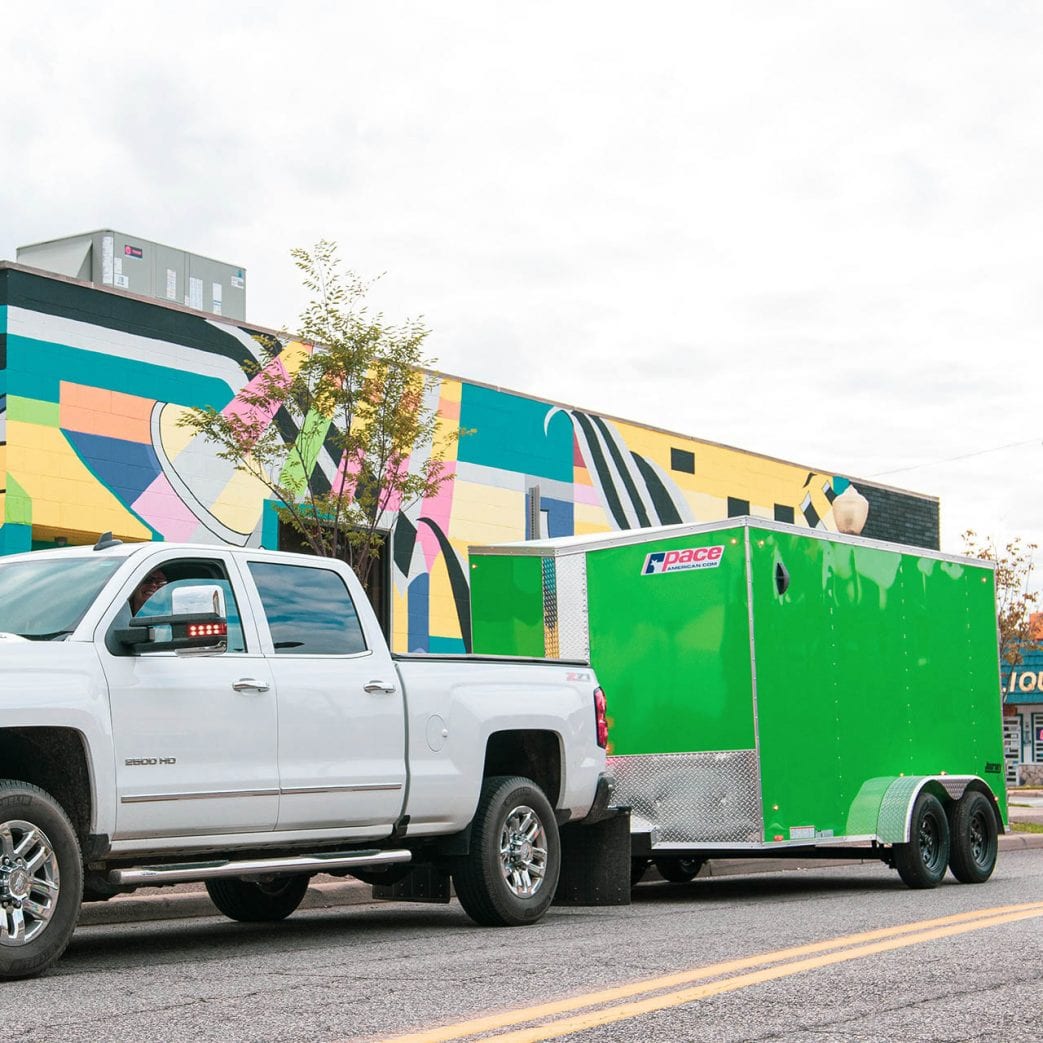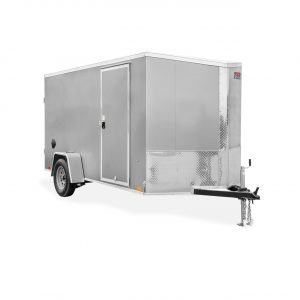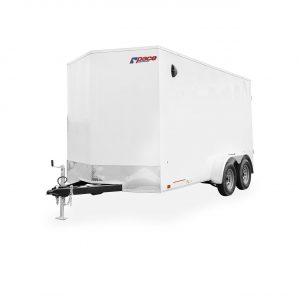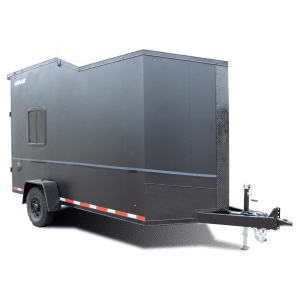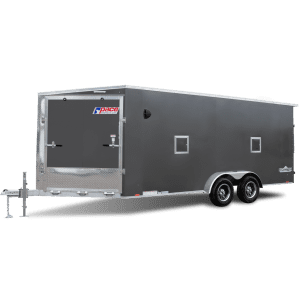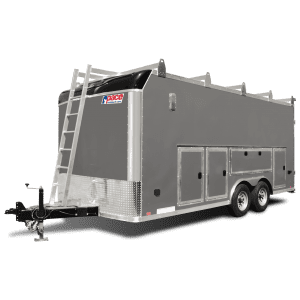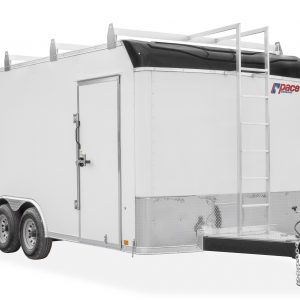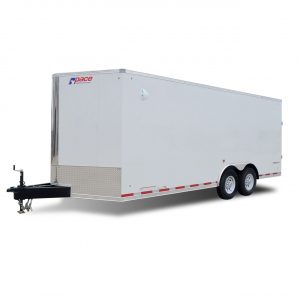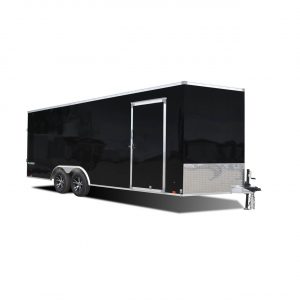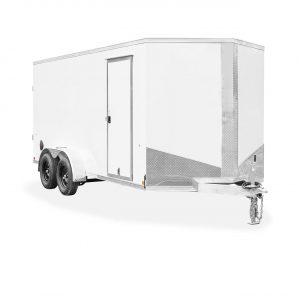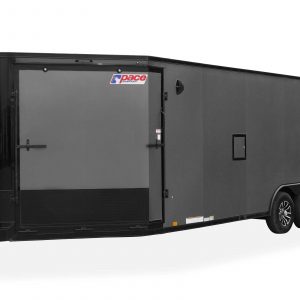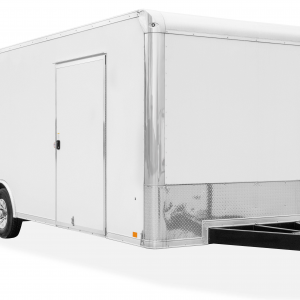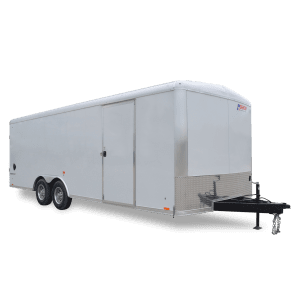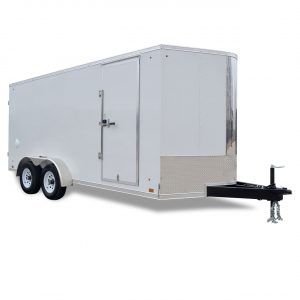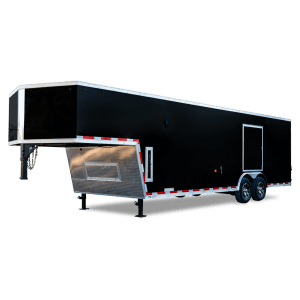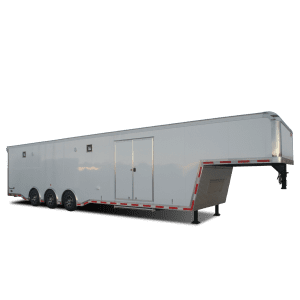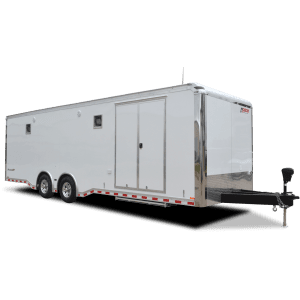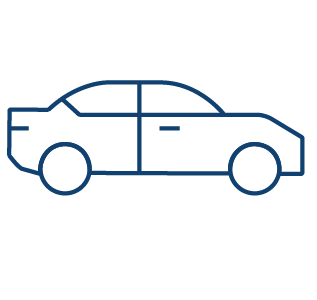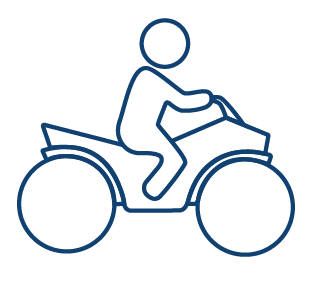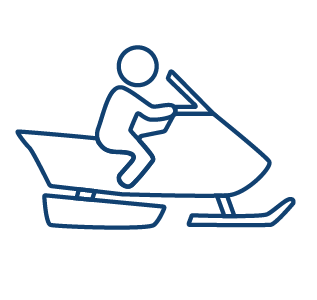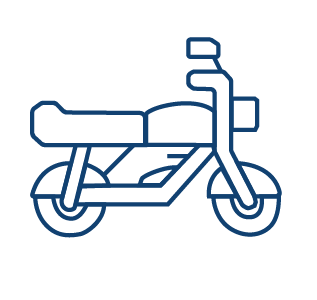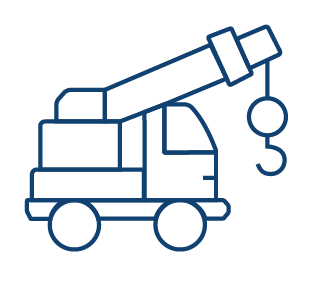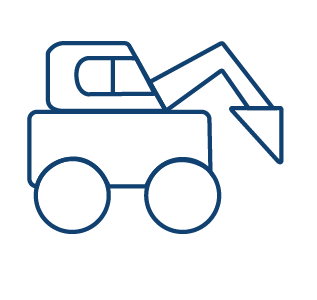Most in the trailer industry have had the experience of towing a trailer through a big city at some point. This can be a nerve-racking experience even for experienced towers. Merging in and out of traffic and switching lanes in time to safely make the next exit can be challenging, especially in an unfamiliar city. To top it off, road rage is a real concern today, and some commuters may not be willing to see the road from a trailer tower’s point of view. However, here are a few tips from the National Association of Trailer Manufacturers to help with Inner-City Towing:
Plan Your Route In Advance
The best policy is to know where you are going and what traffic and road conditions you are likely to encounter. Researching beforehand which downtown streets are one-way can save headaches later on during the trip. Do not make any abrupt last-minute changes to your route. If you cannot safely make the exit you wanted, just get over when it is safe and take the next one.
Many of us travel with GPS systems that will simply re-route you to your destination. If you do not have an independent GPS system, the Google Maps app on your smartphone will give you audible directions and can alert you to traffic incidents along the way. If you are apprehensive about GPS systems on your smartphone, take a few practice trips to a destination in your city. This will help increase your familiarity with the system when you are actually towing on your next trip.
Understand the Limitations of Towing with Your Vehicle
Every driver gets used to the way their vehicle handles when they are not towing. It can be easy to forget that the vehicle will not handle the same when towing. Accelerating up on ramps, and trying to merge with the flow of traffic takes longer while towing. Braking takes longer and requires a greater stopping distance. Depending on the load you are towing, a trailer will either slow down response times because of the increased weight or bounce around when it is empty. Either way, it will impact the way you have to drive.
Always be cautious when turning corners and making lane changes and allow for extra length and width. Before cornering, slow down and give yourself ample room on the approach, then allow the tow vehicle to continue straight for a few more yards to avoid having the trailer cut the corner, possibly resulting in damage to the trailer.
As always, before the trip secure the load and make a complete walk-around inspection. Gravitational pull affects different loads in a different manner. All cargo should be tied, strapped, and secured to reduce damage to the cargo itself or accidents on the roadway. City driving usually requires more exits, turns, and roundabouts which provide more opportunities for cargo to get damaged.
Drive Proactively
When driving in inner-city traffic, be prepared to avoid excessive swerving or braking. As always, your best tool is your ability to drive proactively. Be ready for anything. Try to increase your following distance for better vision and more stopping time. Signal early to let your clear driving intentions be known to other motorists.
Try to create room between you and the vehicle in front so you can slow down gradually in response to traffic movements and lights. This can be difficult, as the nature of city driving is that traffic can be bumper to bumper with frequent lane changes. If you can position yourself in the lane you desire early, and create some distance, you can let all the other merging drivers sort out their driving circumstances for themselves.
Avoid slamming on the brakes, since that may cause the trailer to jackknife. It is advisable to avoid riding the brakes. Other drivers are watching for your brake lights to warn them that you are slowing down and they should be ready to do the same. If your brake lights are always on because you are riding them, it does not allow for drivers behind you to anticipate your movements as well.
This can be difficult to do in an unfamiliar city, but “work” the traffic lights. Understand roughly how long it will take you to come to a comfortable stop. Make sure you have that much space as you approach an intersection. Slow down when approaching lights that are currently red. Yes, of course, you have to stop at a red light, but if the light changes to green as you approach, it will prevent you from having to make a complete stop and reduce fuel consumption related to accelerating from a complete stop.
Side mirrors are one of your best resources, visit them often. City traffic flows at a hectic pace, but you can keep up when towing a trailer if you know where you are going and consider the limitations of your tow vehicle and trailer.
[ Note*** This information is provided by the National Association of Trailer Manufacturers. ]
Credit NATM: https://www.natmshop.com/post/inner-city-towing-tips

